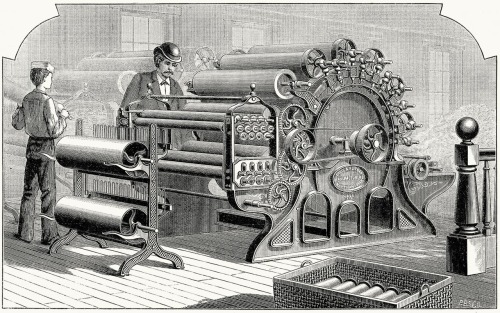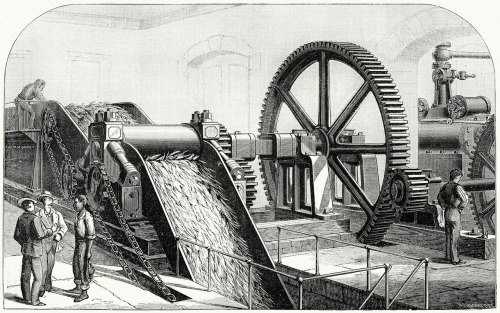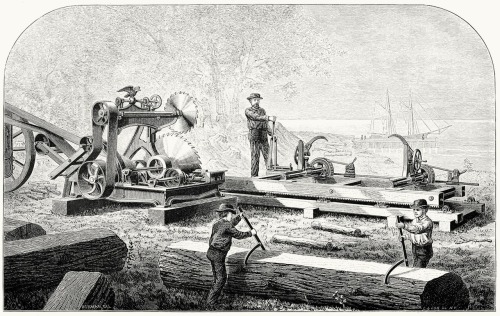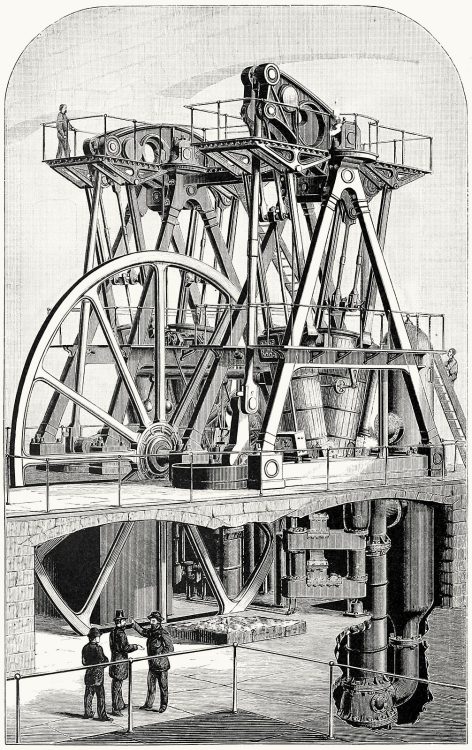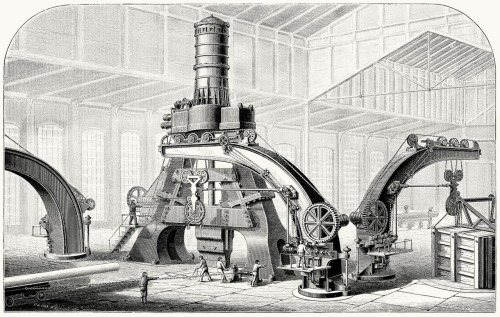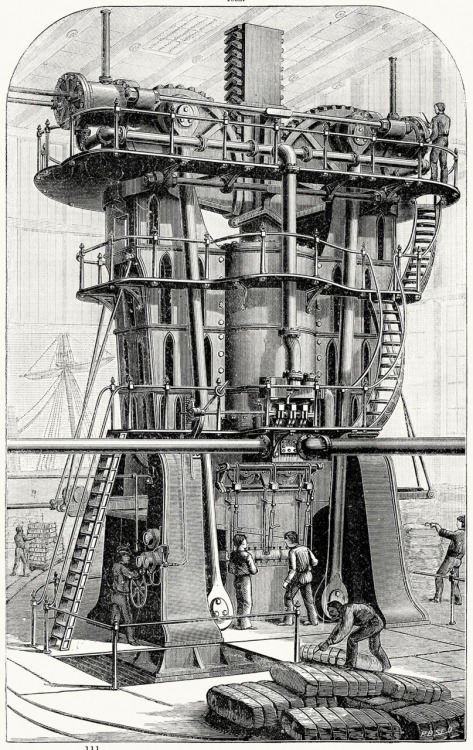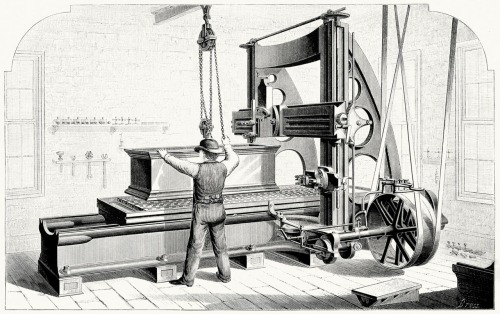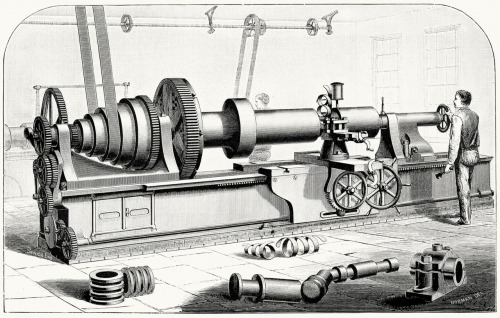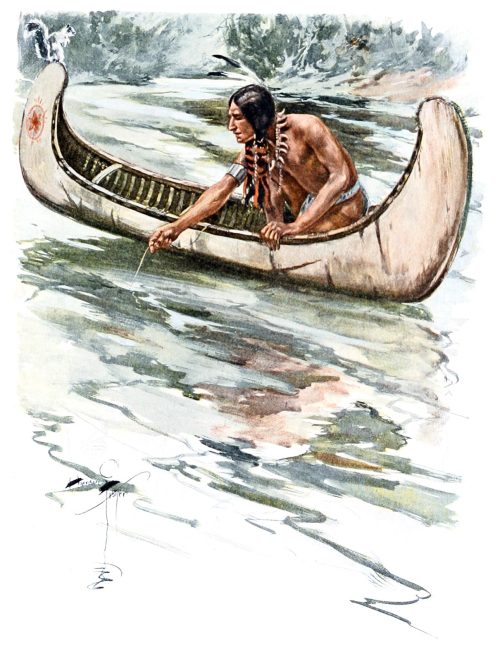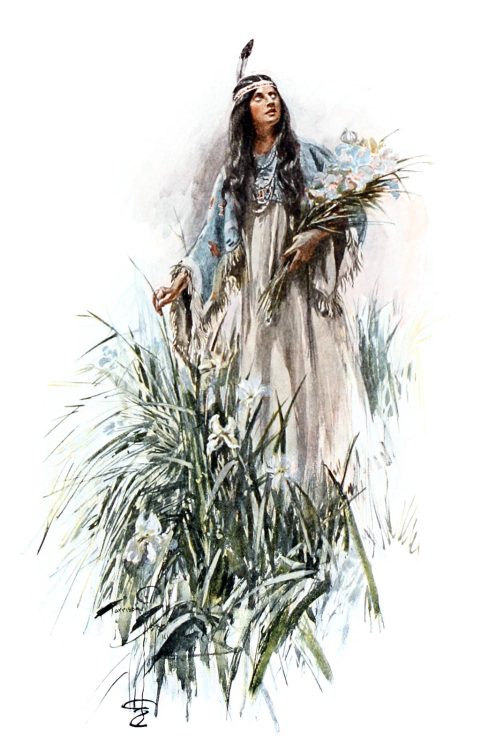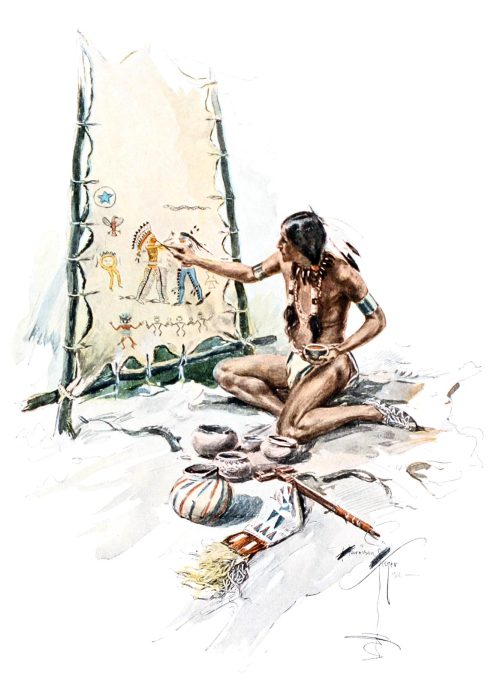Peking Opera Figures
"Album of 100 Portraits of Personages from Chinese Opera"
Period: Qing dynasty (1644–1911)
Date: late 19th–early 20th century
Culture: China
Medium: Album of fifty leaves; ink, color, and gold on silk
Artist: Unidentified
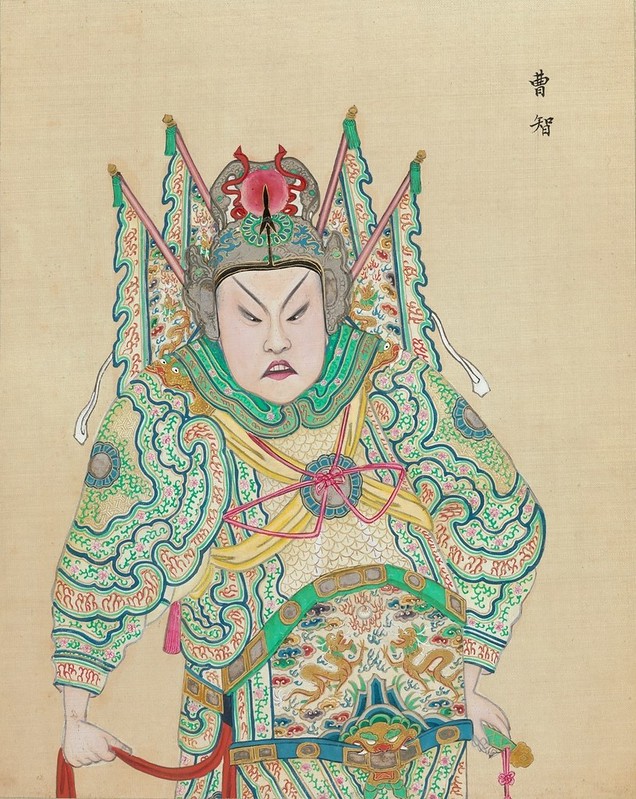

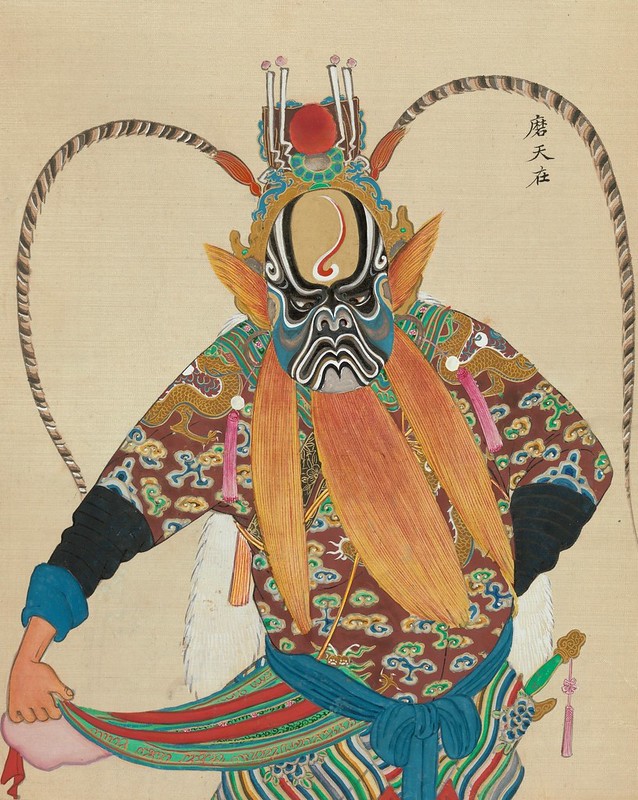
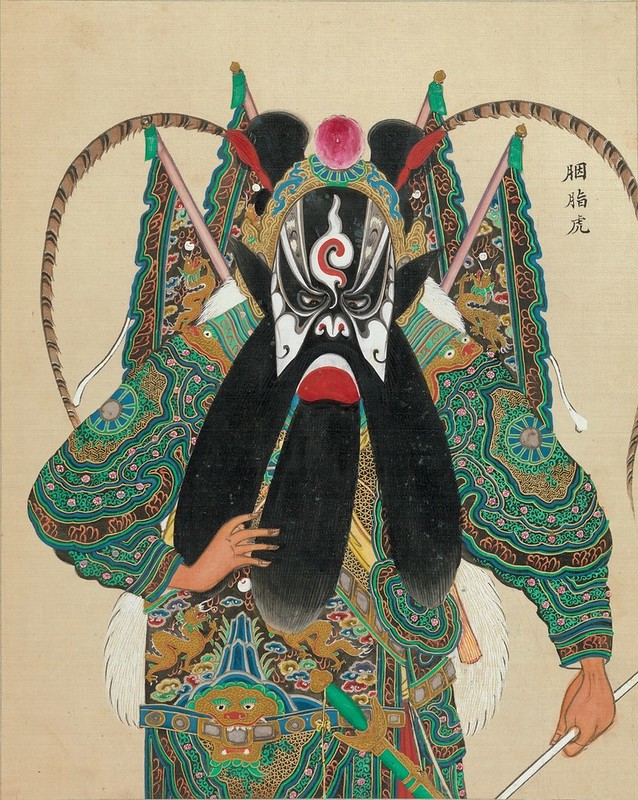

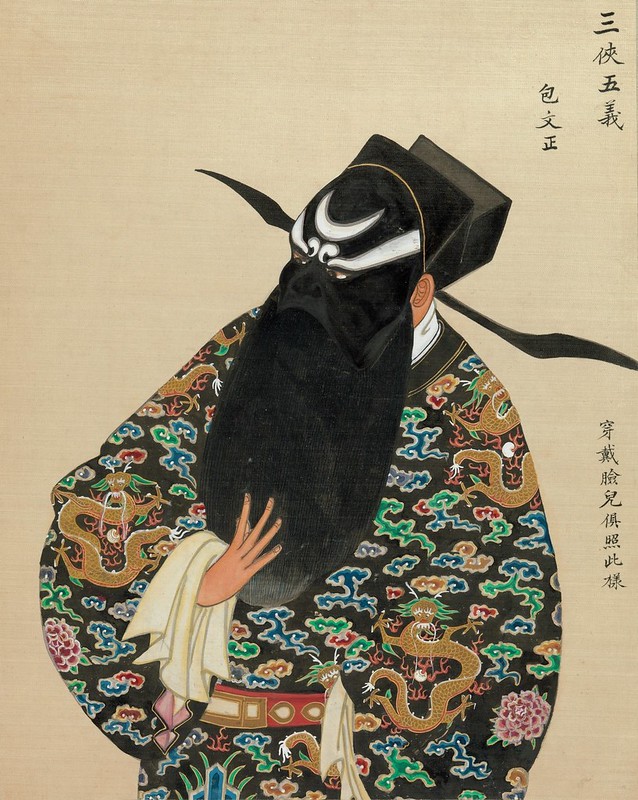
"In the opera boom of the late nineteenth century, albums were turned to a new purpose: documenting the variety and vibrancy of stage culture in all its multicolored splendor. This album records in detail the makeup and costume of one hundred characters drawn from nine plays. Each character is identified with an accompanying inscription, and the plays are named at the top right of nine of the leaves in slightly larger script."
- 'One Hundred Portraits of Peking Opera Characters' is available online via the Metropolitan Museum website (click on 'Additional Images' below [L] of the picture on that page. The down arrow - bottom [R] - of each image allows for downloading)
- This opera figure series is one of the items on view at *The Art of the Chinese Album* exhibition, running at the museum between September 2014 and March 2015.
